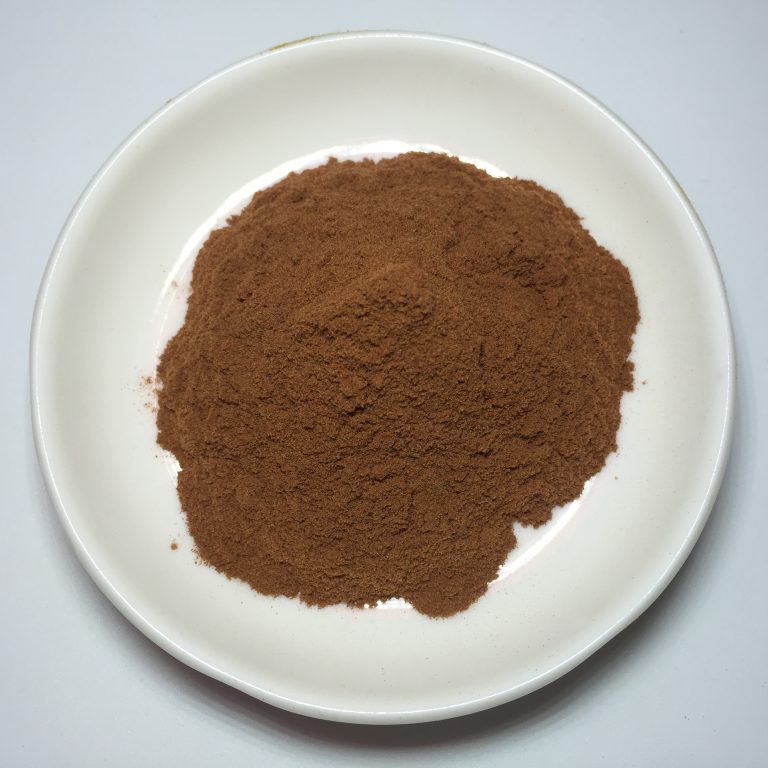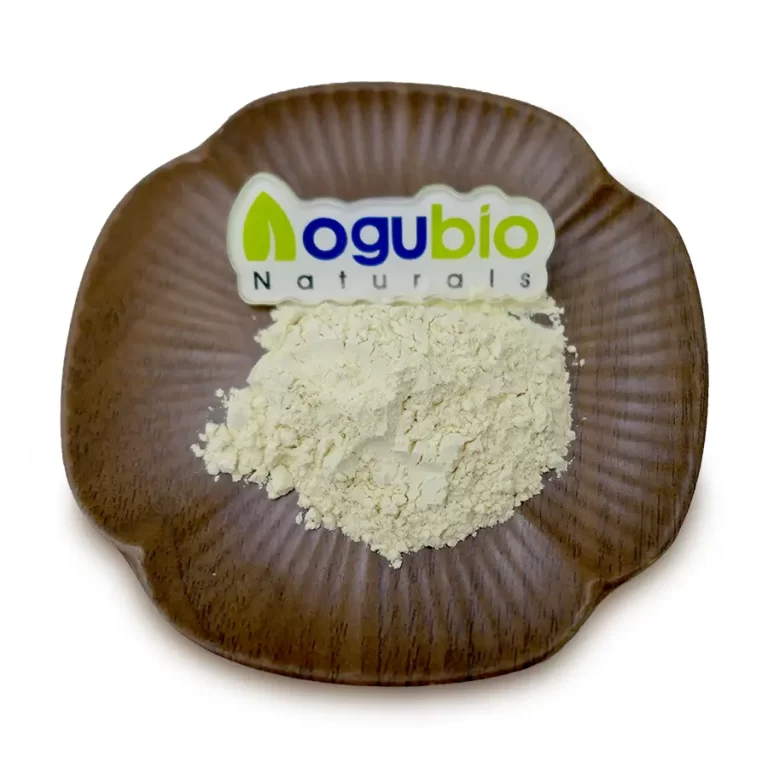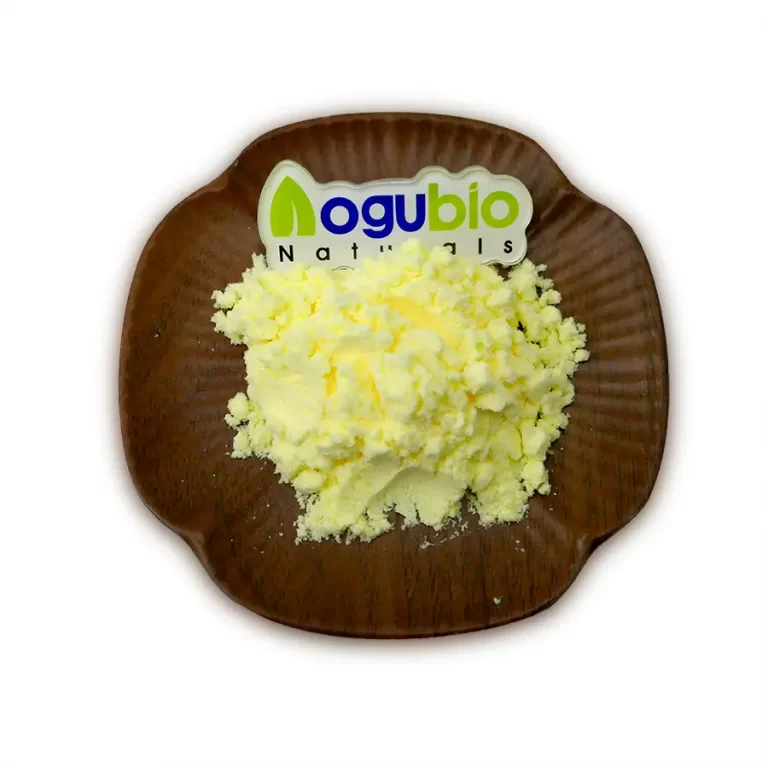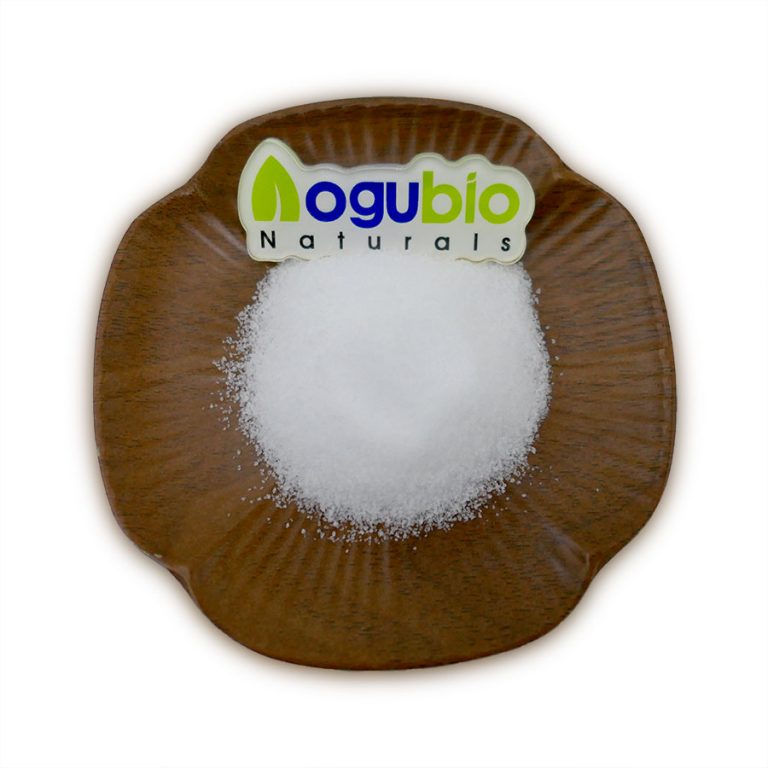What are anthocyanins and benefits
2018-07-25

What are Anthocyanins ?
Antioxidants called anthocyanins have hit headlines and are linked to a range of health benefits. We reveal what they are and which foods contain them.
At BBC Good Food we believe eating a balanced and varied diet, including at least five portions of fruit and vegetables per day, is best for health. But what’s so special about purple foods in particular?
Many purple foods contain anthocyanins
All brightly coloured fruit and vegetables contain antioxidants – compounds which play a key role in protecting our bodies – but many naturally purple-coloured foods contain a certain antioxidant called anthocyanin. These are beneficial plant pigments which give fruit and veg their deep red, purple or blue hues. While studies are ongoing, it’s too early to say conclusively whether anthocyanins deserve the recent media headlines that label purple foods as ‘superfoods’. Previous research has linked anthocyanins to a wide variety of health claims, including increased longevity, cardiovascular health, cancer prevention and dementia.
Which foods contain anthocyanins?
Anthocyanins are found in high concentrations in blackcurrants, blackberries and blueberries, as well as in aubergine (in the skin), red cabbage, cranberries and cherries

Top Anthocyanin Containing Foods:
Because it gives a blue, purple or red hue to a variety of fruits, vegetables, cereal grains and flowers, it’s easy to recognize foods that are rich in this important antioxidant. Here are some you should be aiming to eat regularly:
Berries
Blueberry, blackberries, strawberries, raspberries, elderberries, cranberries, bilberries and any other blue, purple or red skinned berries are all rich sources of anthocyanins. In general, berries are fantastic sources of antioxidants with blueberries being ranked number one in terms of antioxidant activity when compared to 40 other fresh fruits and vegetables, in tests carried out at the USDA Human Nutrition Center.
Cherries
Tart cherries contain higher levels of anthocyanins than sweet cherries. The darker the berry, the higher the concentration. Research has also found that people who eat tart cherries regularly experience pain relief from conditions like gout, osteoarthritis, and even post-workout muscle soreness.
Purple Grapes
Not only a fantastic source of anthocyanins, purple grapes help dissolve uric acidcrystals which can reduce symptoms off gout and rheumatoid arthritis symptoms. Their skin houses a chemical compound called resveratrol, which exhibits strong anti-inflammatory activities and has been shown in studies to block the free radical activity responsible for cancer and aging.
6 Anthocyanin Benefits
What do anthocyanins do inside the body once we consume them? We still have a lot to learn to about the exact bioactivity, uptake, absorption and roles of phytonutrients, including anthocyanin. We do know that anthocyanins seem to play a role in fighting free radical damage, which leads to aging and the formation of numerous diseases. (3) Beyond their capacity to fight free radicals/oxidative stress, anthocyanins have many other effects when it comes to protecting cells, tissues and vital organs that we’re still uncovering. For example, research suggests that anthocyanins have positive effects on gut health when they interact with microflora, which can help decrease inflammatory markers associated with many chronic diseases, plus they can support hormonal balance.
What are the health benefits of anthocyanins? Some of the conditions that research suggests anthocyanins may help prevent include:
- Cardiovascular disease and risk factors, such as high blood pressure and hardening of the arteries
- Cancer
- Impaired immune function
- Diabates
- Neurological disorders, such as Alzheimer’s disease and dementia
- Symptoms of poor cognitive function, including poor memory and trouble concentrating
- Fatigue
- Poor recovery from exercise/physical activity
- Vision loss
- Obesity







 Imaherb China manufacturer supply Apple Extract Powder
Imaherb China manufacturer supply Apple Extract Powder Imaherb China manufacturer supply Apigenin Powder 98%
Imaherb China manufacturer supply Apigenin Powder 98% Imaherb Factory supply Alpha Lipoic Acid Powder CAS 1077-28-7
Imaherb Factory supply Alpha Lipoic Acid Powder CAS 1077-28-7 Imaherb Factory supply Alpha GPC Powder CAS 28319-77-9
Imaherb Factory supply Alpha GPC Powder CAS 28319-77-9 Imaherb Factory supply Alliin Powder 98% CAS 556-27-4
Imaherb Factory supply Alliin Powder 98% CAS 556-27-4 skype
skype Sales Manager
Sales Manager Rebekah
Rebekah Rachel
Rachel Miranda
Miranda Camilla
Camilla
 Sales Manager
Sales Manager